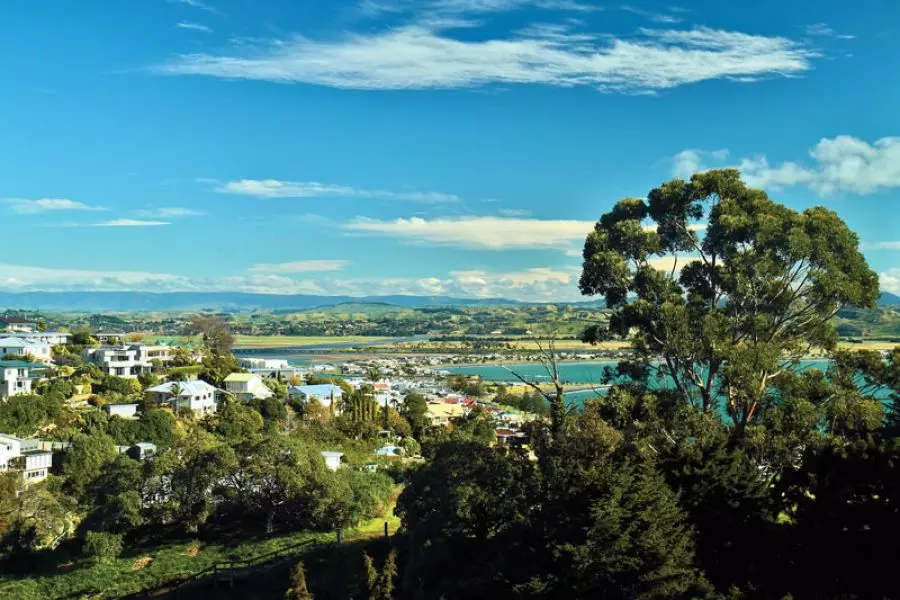News
Top of the South: Sunny side up

Monday 2nd of May 2016
The Nelson, Tasman and Marlborough region is well known for the 'big five' industries of tourism, horticulture, forestry, seafood and pastoral farming. A lot of seasonal workers come and go, particularly in the viticulture and horticulture sectors, and demand for seasonal rental properties is high.
In Marlborough demand for rentals usually exceeds supply, particularly at the beg...
Want to read the full article?
Click the button below to subscribe and will have unlimited access to full article and all other articles on the site.
8 min read
10 min read






![[The Wrap] Bye Bye Bayly](https://goodreturns.publit.io/file/c_fill,w_900,h_600/39f23ac1-f7c7-4854-b700-a150004ebbac.webp)


